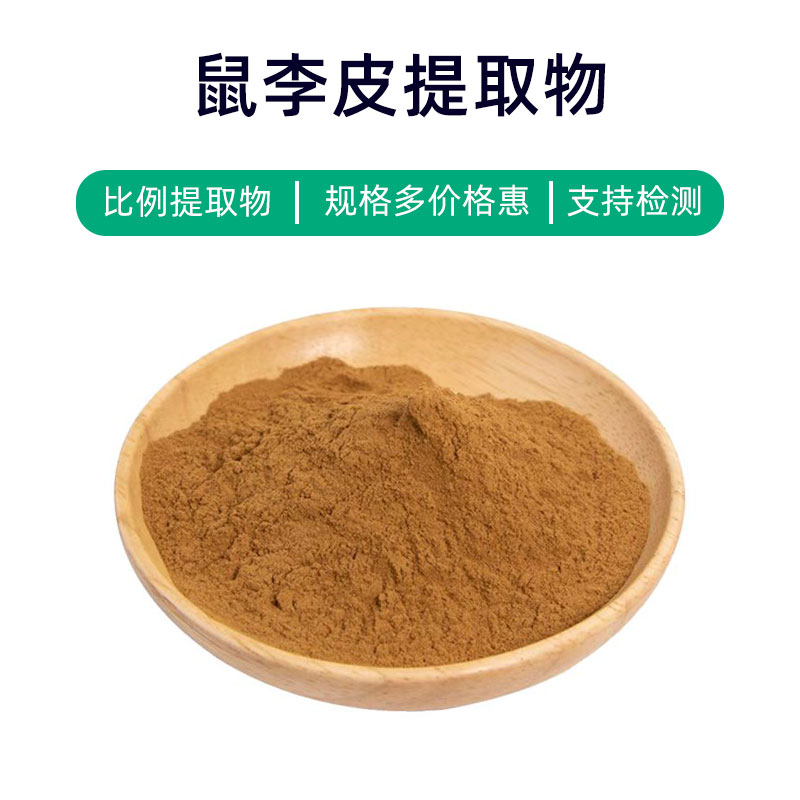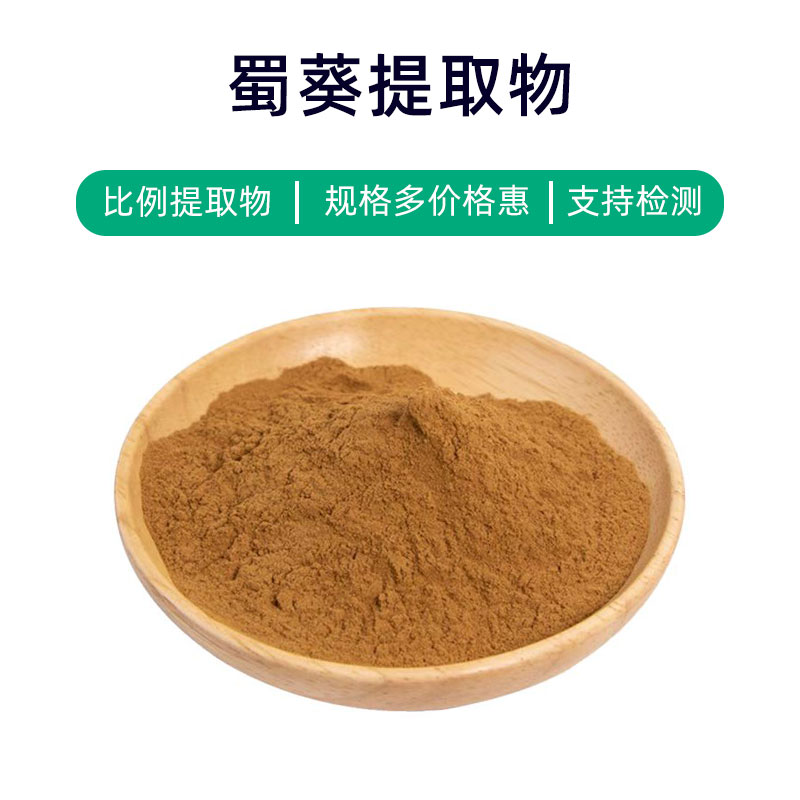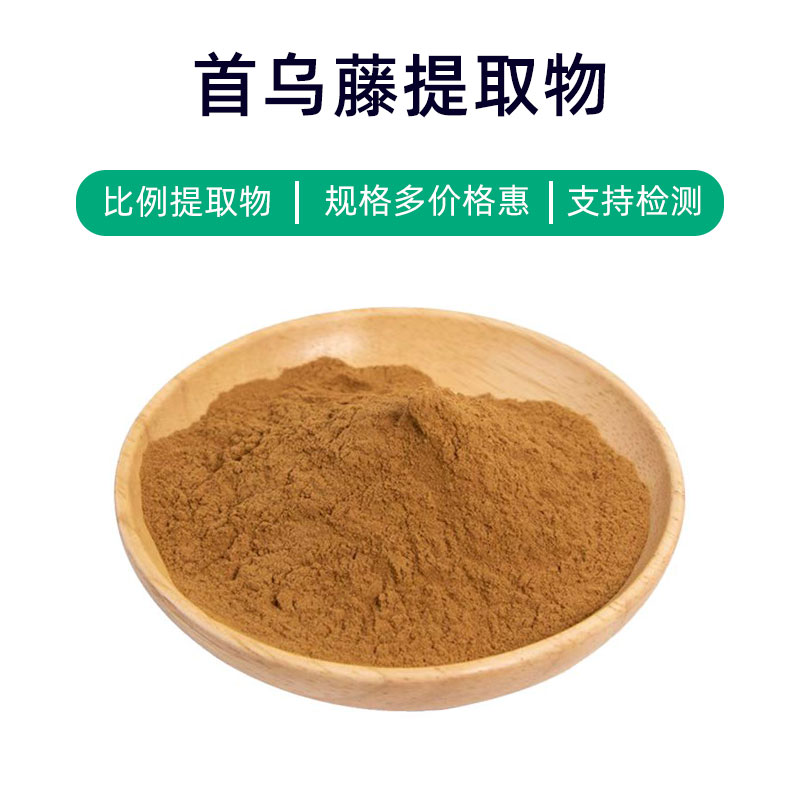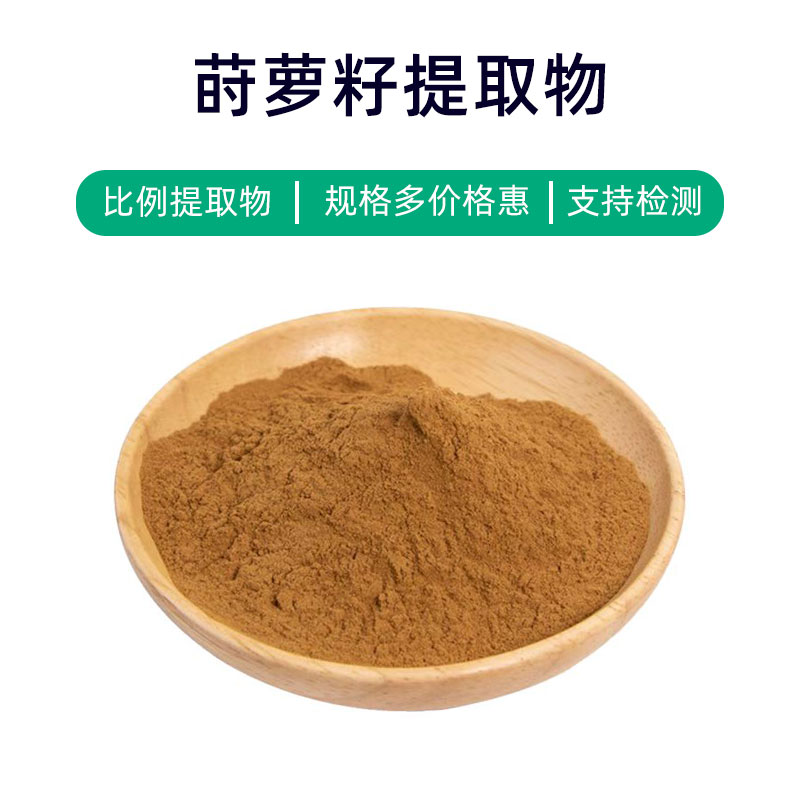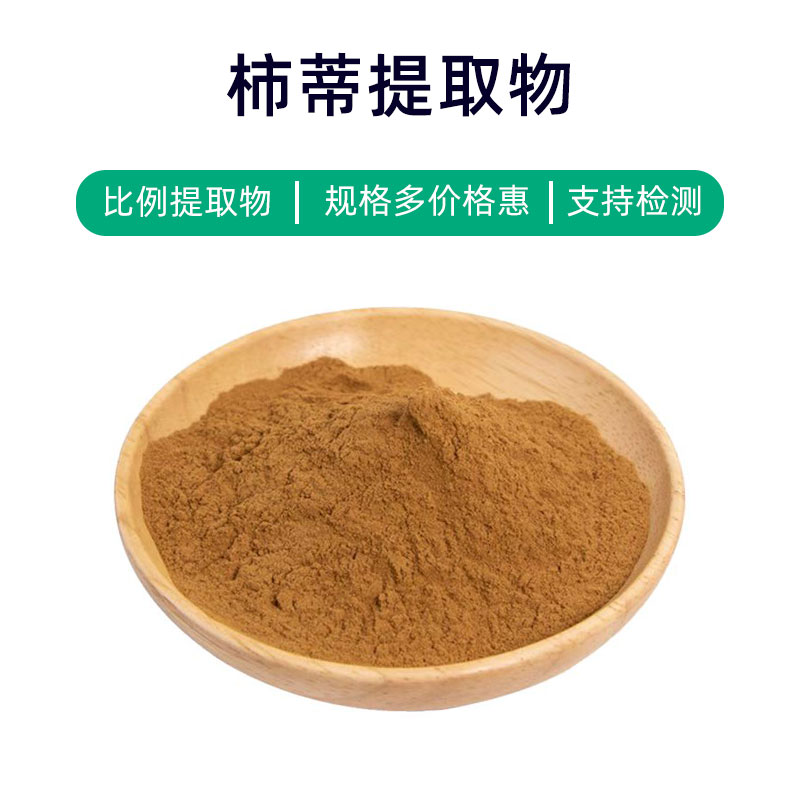Myrrh Extract Product Introduction
Myrrh extract is a natural plant extract derived from the resin of the myrrh tree. Its main components include myrrholic acid, myrrh alcohol, and myrrhenol, which provide it with various beneficial effects and applications.
Firstly, myrrh extract has anti-inflammatory and antibacterial properties, effectively relieving skin inflammation and infections. Its antibacterial effects are particularly significant for treating skin infections and aiding wound healing.
Moreover, myrrh extract promotes healing and skin repair. It can stimulate the regeneration and repair of skin tissue, speed up the wound healing process, reduce scar formation, and help the skin return to a smooth and healthy state.
In the medical field, myrrh extract is frequently used to treat various skin conditions, such as eczema, acne, and ulcers. It can be incorporated as an ingredient in topical ointments or lotions, applied to affected areas.
Additionally, myrrh extract is widely used in cosmetics and skincare products. Its anti-inflammatory, antibacterial, and healing effects make it a common ingredient in various skincare products, such as creams, masks, and lotions. It can improve skin conditions, resulting in smoother and finer skin.
Overall, myrrh extract, as a natural plant extract, has multiple benefits, making it suitable for use in both medical and cosmetic fields, effectively alleviating skin inflammation, promoting wound healing, and enhancing skin texture.
Myrrh Extract Production Process
The production process of myrrh extract typically involves the following key steps:
- Harvesting Myrrh Tree Resin: First, the resin from the myrrh tree (Commiphora myrrha) is collected. This is usually done by cutting the bark of the tree to allow the resin to seep out and harden into chunks.
- Initial Extraction: The collected resin undergoes initial processing to remove impurities and foreign materials, followed by initial extraction. This often involves using solvents (such as ethanol or acetone) to dissolve the active components in the resin.
- Solvent Evaporation: After the initial extraction, the active components in the solvent are concentrated by evaporation, resulting in a concentrated myrrh resin extract.
- Refined Extraction: The concentrated extract is further refined to remove residual impurities and solvents, enhancing the product's purity and quality.
- Drying and Grinding: The refined extract typically requires drying to reduce moisture content to appropriate levels, followed by grinding to produce a powdered form of myrrh extract.
- Packaging and Storage: Finally, the extracted myrrh extract is packaged, usually in airtight containers to prevent oxygen and moisture from entering, and stored properly in a cool, dry environment to maintain its stability and active components.
The entire production process requires strict control of operational conditions at each stage to ensure product quality and stability. It is essential to avoid contamination and impurities during production to ensure the safety and efficacy of the final product.
Myrrh Extract Effects and Side Effects
Myrrh extract is a commonly used herbal remedy with multiple effects and benefits, primarily including the following:
- Anti-inflammatory and Antibacterial Effects: Myrrh extract contains various active components, including tannins, flavonoids, and volatile oils, which possess strong anti-inflammatory and antibacterial properties, helping to alleviate inflammatory responses and inhibit the growth of bacteria and fungi.
- Promotes Wound Healing: Myrrh extract stimulates tissue repair and promotes wound healing, accelerating the regeneration of the wound surface and reducing the risk of infection, aiding recovery.
- Antioxidant Properties: The extract includes various antioxidant components, such as flavonoids and polyphenols, which effectively scavenge free radicals, slow down cellular aging, and help maintain cellular health.
- Antiviral Effects: Active compounds in myrrh extract exhibit inhibitory effects against certain viruses, which can be used to prevent and assist in the treatment of specific viral infections, such as colds and influenza.
- Antitumor Properties: Some studies have suggested that certain components in myrrh extract may have antitumor activity, potentially inhibiting the growth and spread of tumor cells, making it a candidate for adjunctive cancer therapy.
- Regulates Immune Function: The active components in myrrh extract can modulate the immune system, enhancing the body's immunity and resilience, which may help prevent and alleviate some immune-related diseases.
Despite the numerous benefits of myrrh extract, it is important to be aware of possible side effects and contraindications. Long-term or excessive use may result in digestive issues or skin allergies. It is advised that pregnant or nursing women and individuals with specific health conditions use it under the guidance of a healthcare professional to avoid adverse effects.
Myrrh Extract Application Scenarios and Dosage
Myrrh extract has broad applications in pharmaceuticals, food, and cosmetics. Here are its main scenarios and recommended dosages:
- Medical Field:
- Uses: Commonly included as an herbal ingredient in traditional medicine formulations, such as topical ointments, oral tablets, or capsules.
- Dosage: Typically, topical ointments can be applied in an appropriate amount to the affected area 2-3 times daily; for oral medications, follow medical advice, with a general dosage of 0.5-1 gram per dose, taken 2-3 times daily.
- Food Industry:
- Uses: Used as a food additive for flavoring or enhancing nutritional content.
- Dosage: The amount varies based on the type of food and usage, generally around 0.1%-0.5% of the total food volume.
- Cosmetics Sector:
- Uses: Incorporated in cosmetics to provide antioxidant, anti-inflammatory, and moisturizing benefits, commonly found in skincare products, masks, and shampoos.
- Dosage: Typically recommended at an incorporation rate of 0.1%-5%, depending on the product formulation and desired effects.
- Other Applications:
- Tobacco Industry: Used in cigarettes and tobacco products for flavoring and aroma enhancement.
- Beverage Industry: Added to beverages, such as tea drinks and functional beverages, to impart unique flavors and benefits.
When using myrrh extract, it is essential to adhere to the following principles:
- Determine dosage based on specific situations and intended uses.
- In the medical field, follow physicians' advice to avoid exceeding doses or prolonged use.
- In food and cosmetic applications, comply with relevant regulations to ensure safety and legality.
- For individuals with allergies, pregnant women, and children, consult with a healthcare professional before use to prevent adverse reactions.
Myrrh Extract Source Plant Introduction, Distribution, and Growth Environment
Myrrh (scientific name: Commiphora myrrha) is a common tree species belonging to the Burseraceae family. Here’s an introduction to the source plant of myrrh extract, its distribution, and growth environment:
- Source Plant Description:
- Myrrh is a perennial tree that typically grows to heights of 2 to 4 meters, featuring a multi-branched canopy.
- The bark is gray, with a twisted trunk and many branches, often exhibiting scars.
- Its leaves are pinnate with even-numbered leaflets, oval or elongated in shape, leathery, and have symmetrical venation.
- Distribution:
- Myrrh is primarily found in Eastern Africa, the Arabian Peninsula, Iran, and India.
- In Africa, it is mainly distributed in countries such as Ethiopia, Kenya, Somalia, and Tanzania.
- In the Arabian Peninsula, it is primarily found in Yemen and Oman.
- In India, myrrh is primarily found in Rajasthan, Gujarat, and Maharashtra.
- Growth Environment:
- Myrrh thrives in dry, rocky soils, often found in sandy soils, desert edges, and hillside areas.
- It typically grows in sunny locations and is highly tolerant of high temperatures and drought.
- It shows strong adaptability, capable of growing at elevations of 1,000 to 1,500 meters.
- The growth rate of myrrh is relatively slow, requiring a long time to reach harvest standards.
Myrrh extract is derived from myrrh tree resin, usually obtained by harvesting the resin from myrrh trees. Given its wide distribution and strong adaptability, myrrh trees are cultivated and harvested in various regions. However, due to overharvesting and environmental degradation, the population of myrrh trees has been steadily declining, necessitating proper management and protection.
Myrrh Extract Processing and Storage
The processing and storage of myrrh extract are crucial for ensuring its quality and stability:
- Processing Steps:
- Myrrh tree resin is typically processed through distillation or solvent extraction methods.
- It is important to control temperature and pressure during processing to maintain the effectiveness and quality of the product.
- Processed myrrh extract can undergo further refinement and concentration to enhance its purity and activity.
- Storage:
- Myrrh extract should be stored in a dry, cool, and well-ventilated location, avoiding direct sunlight and high temperatures.
- During storage, it should be protected from air, moisture, and other chemical substances to prevent oxidation and degradation.
- Suitable airtight containers should be used for packaging to prevent evaporation and contamination.
- Under appropriate storage conditions, the effective shelf life of myrrh extract is typically around one year or longer, but it is advisable to regularly check and monitor quality changes.
Monica Sun is a seasoned expert in the plant extraction industry with over a decade of experience in research and production. She specializes in the extraction and purification of plant active ingredients, focusing on driving innovation in natural product applications. Monica has participated in the development of multiple functional plant extracts, delivering high-value natural raw material solutions for the health food, pharmaceutical, and dietary supplement sectors.









